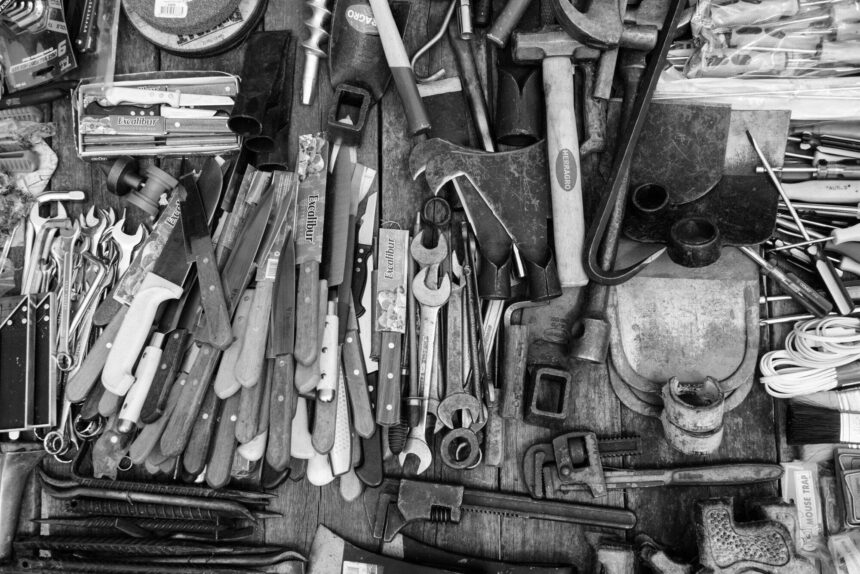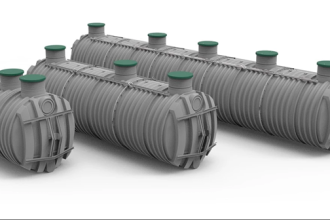Metal surface restoration brings worn or damaged metal back to its original state. It helps extend the life of tools, equipment, and structures.
The process removes rust, dents, scratches, and other damage. It’s used in industries like auto repair, construction, and manufacturing. Restoring metal improves both appearance and function.
Each step plays a role in achieving a solid, clean finish. Learn how metal restoration works and what tools or methods get the job done.
Cleaning the Surface Properly First
Every metal restoration starts with cleaning. Removing dirt, oil, and loose rust is important. This helps reveal the full extent of the damage. Cleaning also prepares the metal for treatments or coatings.
Wire brushes, chemical cleaners, and blasting methods are commonly used. A clean surface ensures that fillers, paints, or protectants will stick well.
Skipping this step often leads to poor results. Cleaning also helps avoid trapping moisture under coatings. Always start here before moving forward.
Assessing the Level of Damage
The next step is checking how bad the surface damage is. Some metals only need light polishing. Others may need deep repairs or structural fixes. Surface damage like dents, pits, or corrosion needs different treatment methods.
Light scratches might be removed with sanding. Deeper dents may require special tools or heat reshaping. It’s important to know what you’re dealing with before choosing a method.
Assessment saves time and cost. It also ensures the metal won’t be weakened during the process.
Removing Rust and Corrosion
Rust removal is a big part of metal restoration. Rust spreads fast and can weaken the metal. There are several ways to remove rust. Some use sandblasting, while others apply rust removers or acid treatments.
If not removed fully, rust can come back. After rust removal, the surface is usually sealed to prevent future issues. Some restoration projects also include protective coatings. Removing rust also improves appearance. It makes the metal safer and easier to work with.
Sanding to Smooth Out Imperfections
Sanding is used to smooth the surface after rust or paint removal. It evens out the texture and prepares the metal for the next steps. Coarse grits remove deeper flaws, while fine grits help polish.
Sanding by hand gives more control, but machines can save time. It’s important to sand in the direction of the grain. This avoids creating new scratches.
Sanding also removes small surface rust spots. A smooth surface means better adhesion for paint or filler. It improves both look and durability.
Applying Fillers for Dents or Holes
Some metal parts develop small dents or holes over time. Fillers help bring back the original shape. Metal fillers or epoxy-based materials are common. These are applied over clean, dry surfaces.
Once dry, the filler is sanded down to match the rest. It blends the area with the rest of the metal. Fillers are often used before painting. This step is important for both looks and strength. Make sure the filler is made for metal use.
Reshaping and Dent Repair
When metal is bent or dented, reshaping is needed. Some use hammer and dolly techniques to flatten out areas. Others rely on heat or suction-based tools.
For auto panels, pdr tools are used to remove dents without repainting. This method saves time and keeps the original finish. It works well for small to medium dents.
Proper reshaping prevents weak spots. It also avoids stress points that lead to cracks later. The goal is to bring the surface back to its natural form.
Polishing for a Better Finish
Once the major fixes are done, polishing comes next. It helps restore shine and smoothness. Different polishing compounds are used depending on the metal. Soft cloths, pads, or polishing machines may be used.
Polishing also removes fine scratches. It gives the surface a clean, finished look. Some metals may need repeated polishing. This step also helps prepare for coating if needed. Polishing is the final touch that completes the restoration.
Painting or Coating the Surface
After repair and polish, painting protects the metal. Coating keeps moisture and air from reaching the surface. Primer is applied first to help paint stick. Then a few coats of paint are added.
Some projects use powder coating for a tougher finish. Others use clear coatings for natural metal shine. Good painting helps avoid future corrosion. It also gives the surface a refreshed look. Make sure the metal is fully dry before applying any coating.
Drying and Curing Process
After painting, the surface must dry and cure. Curing is more than just air-drying. It allows paint or coating to fully harden. Some need heat to cure faster and better. This step ensures long-lasting protection.
Touching or using the metal too soon can ruin the finish. Follow the right drying time for each product. Humidity and temperature affect the curing time. Proper curing prevents bubbles, peels, and weak spots.
Inspecting the Final Result
After everything is done, check the surface closely. Look for missed spots, rough areas, or uneven finishes. Testing the strength of any repair areas is also key. Make sure coatings are smooth and without cracks.
Inspect corners and edges too. A full inspection helps catch problems before they worsen. It also confirms the restoration is complete. This ensures both looks and performance are restored.
Regular Maintenance for Lasting Results
Even after a full restoration, care should continue. Clean the metal regularly. Keep it dry when possible. Use protectants or sealants as needed. Watch for early signs of rust or scratches.
Fixing small issues quickly avoids bigger damage. If outdoors, check metal after storms or high heat. Maintenance keeps the restored surface looking new. It also avoids future repair costs.
When to Seek Professional Help
Some restoration jobs need expert hands. If damage is too deep or tools are lacking, call a specialist. Professionals know the right methods for each metal type.
They also have access to special tools and materials. This helps avoid mistakes and rework. In industries like auto repair or architecture, expert work matters.
It also saves time when working on large surfaces. Know when to DIY and when to ask for help.
Make Sure to Understand the Process of Metal Surface Restoration
Metal surface restoration takes time but brings solid results. With the right steps, old or damaged metal can look and function like new. From cleaning to coating, each phase matters.
Whether for a car, gate, or machine part, proper restoration extends the life of metal. It improves safety and appearance. When needed, don’t hesitate to call a professional.
If this caught your interest, there’s more on our blog.













